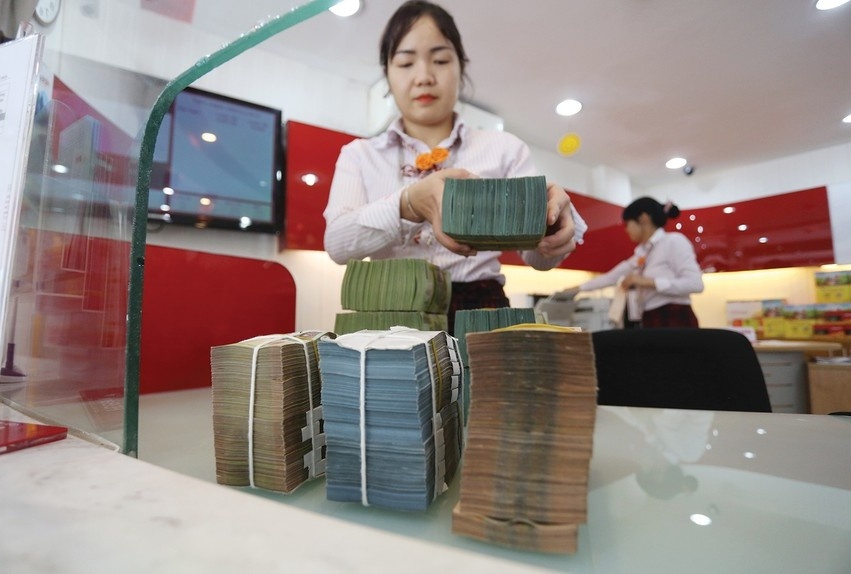Oil prices sink on stronger dollar, soaring US crude stocks
New York's main contract, light sweet crude for delivery in December, fell $1.61 to $80.94 a barrel, after tumbling as low as $80.73.
Brent North Sea crude for December dived $1.44 to $82.22 in late afternoon London trade.
Oil was pushed lower by the strengthening US unity, which makes dollar-priced crude more expensive for buyers using weaker currencies, and therefore tends to dampen demand and prices.
The dollar slumped earlier this month on expectations that the US Federal Reserve could soon decide to print more money to inject cash into its banking system and stimulate growth, diluting the value of the currency.
The Fed's rate-setting panel meets next week, on November 3, and speculation is building that it could unveil new stimulus measures.
However, expectations of more US quantitative easing, dubbed QE2 by traders, have tailed off after recent better-than-expected economic data.
"Prices retreated towards the 80-dollars-per-barrel area as the US dollar strengthened and rose sharply against the euro," said Sucden analyst Myrto Sokou.
"It is certainly the US dollar strenth that currently weighs on the oil market."
Elsewhere on Wednesday, the US Department of Energy (DoE) announced that crude inventories jumped five million barrels in the week ending October 22.
That was far higher than market expectations for a modest gain of 700,000 barrels, according to analysts polled by Dow Jones Newswires.
Gasoline or petrol reserves meanwhile tumbled 4.4 million barrels, against expectations for a 200,000-barrel decline.
Distillates, which include diesel and heating fuel, were down 1.6 million barrels. Analysts had pencilled in a drop of one million.
"The report showed that oil inventories remain at high levels, raising concerns about the US economic recovery and the low levels of oil demand," said Sokou.
However, VTB Capital analyst Andrey Kryuchenkov said "the market was too busy watching euro/dollar to take much notice" of the DoE report.
"Investors continue to asses a potential impact from QE2, speculating over its size and format," he said.
Oil rose Tuesday on the back of a modest increase in US consumer confidence, a pivotal indicator of the health of the American economy.
The Conference Board consumer confidence index for October stood at 50.2, up from 48.6 in September, beating consensus forecasts for 49. However, the index remained very close to historic lows, analysts said.
What the stars mean:
★ Poor ★ ★ Promising ★★★ Good ★★★★ Very good ★★★★★ Exceptional
Latest News
More News
- HDBank in triple victory at listed company awards (November 25, 2024 | 11:38)
- Malaysia's Solarvest and Finhero launch first solar financing fintech solution in Vietnam (November 22, 2024 | 19:50)
- SHB honoured at VLCAs for fourth time (November 22, 2024 | 19:08)
- Central Bank of Cuba chief visits Hanoi to work with VBSP (November 22, 2024 | 15:49)
- Credit sees steady growth towards year-end (November 21, 2024 | 17:46)
- HDBank wins three titles at Vietnam Listed Company Awards (November 21, 2024 | 10:01)
- VLCA’s corporate governance mission (November 21, 2024 | 10:00)
- The promotion of ESG via banking (November 21, 2024 | 09:32)
- Standard Chartered committed to Vietnam’s financial success (November 21, 2024 | 09:24)
- Full ESG adoption the priority for Agribank (November 21, 2024 | 09:07)


















 Mobile Version
Mobile Version